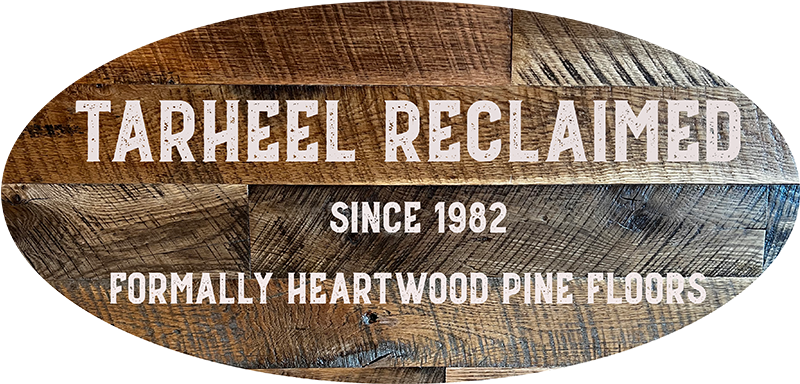The often-overlooked "fifth wall" of our homes deserves more attention than it typically receives. Across reclaimed wood ceilings in East Coast states, homeowners have discovered the transformative power of looking up and reimagining their overhead spaces. The rich history embedded in salvaged timber brings warmth, character, and sustainable design elements to homes from Maine to Florida.
Historical Significance of East Coast Reclaimed Timber
Walking into a home with reclaimed wood ceilings East Coast states often means walking beneath timber with fascinating origins. The Northeast and Mid-Atlantic regions offer abundant sources of historically significant wood.
Old-growth eastern white pine from New Hampshire and Maine barns often dates back to the 18th century, while chestnut harvested before the blight of the early 1900s provides a now-unobtainable material with distinctive character.
Reclaimed heart pine, salvaged from textile mills throughout Massachusetts, Rhode Island, and the Carolinas, brings remarkable density and amber tones impossible to find in newly harvested timber.
Architectural Styles Enhanced by Wooden Ceilings
Colonial, Federal, and Victorian homes prevalent throughout East Coast states gain authentic period character when original architectural elements return to residential spaces. Cape Cod cottages throughout New England take on new warmth with natural overhead features, while urban brownstones in Boston, New York, and Philadelphia gain unexpected rustic elements that counterbalance their formal architecture.
Coastal homes from Maine to Florida benefit from weathered woods that complement nautical themes while maintaining architectural sophistication. Modern and contemporary spaces throughout the region use reclaimed wood ceilings in East Coast states as statement features that provide organic contrast to sleek design elements.
Installation Methods and Considerations
Professional installers throughout the East Coast have developed various techniques for overhead wood applications. Tongue-and-groove installations create seamless surfaces with minimal visible fasteners, while board-and-batten approaches add dimensional interest through alternating wide and narrow boards.
For more dramatic effect, exposed beam installations showcase substantial timbers that often reveal original joinery and hardware. Homeowners considering reclaimed wood ceilings in East Coast state projects should evaluate several practical factors. Ceiling height remains crucial, as wood installations typically reduce overhead clearance by at least an inch.
Regional Sources and Sustainability Benefits
The environmental advantages of choosing reclaimed wood ceilings in East Coast states extend beyond simple material reuse. Transportation-related carbon emissions decrease significantly when materials are sourced locally rather than shipped from distant regions. The East Coast's rich industrial and agricultural history provides abundant local salvage opportunities that connect homes with regional heritage.
Maintenance and Long-Term Benefits
Reclaimed wood ceilings in East Coast states installations offer remarkable durability, having already proven their resilience through decades or centuries of previous use. Proper sealing protects wood from dust accumulation and potential moisture issues, with most installations requiring minimal maintenance beyond occasional dusting.
Conclusion
Beyond aesthetic appeal, wooden ceilings provide practical advantages throughout reclaimed wood ceilings in East Coast states homes. The natural insulating properties of wood help moderate temperatures, particularly valuable in older homes with less efficient climate control systems. The acoustic dampening qualities reduce echo and noise transmission between floors, creating more comfortable living environments.

